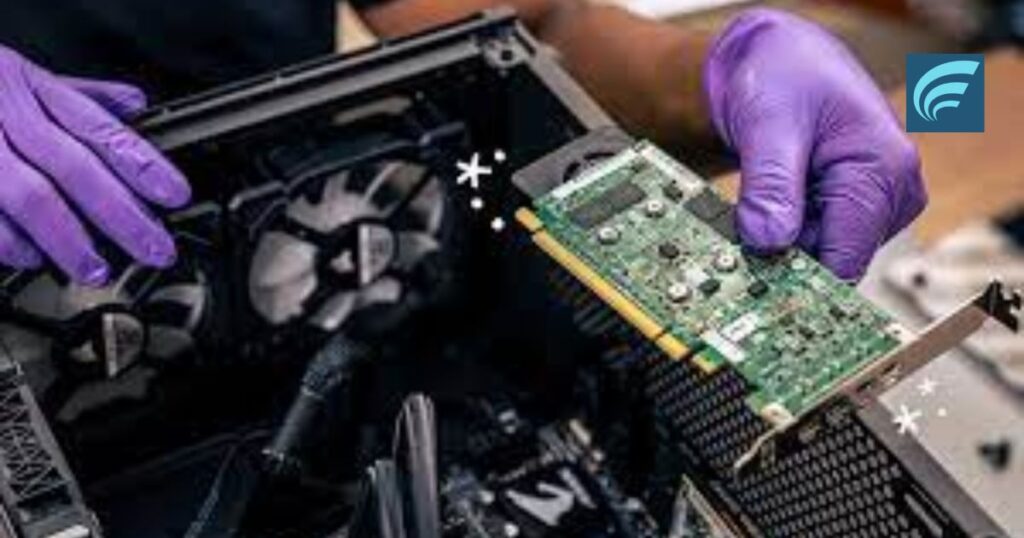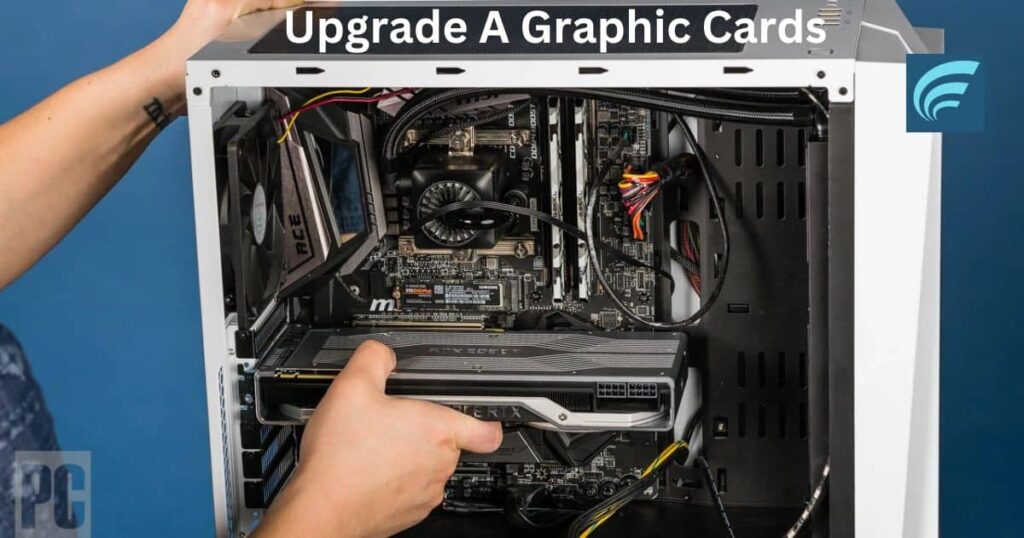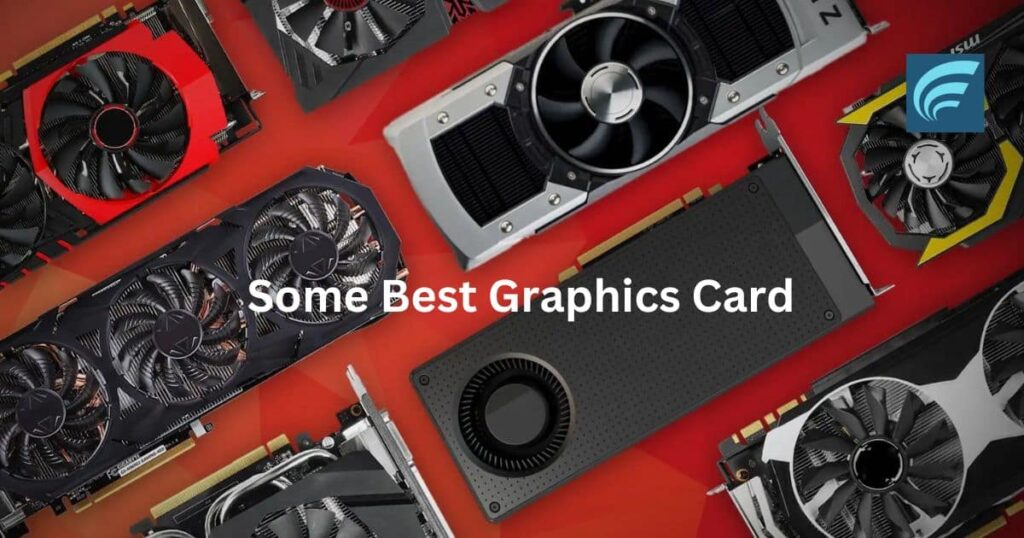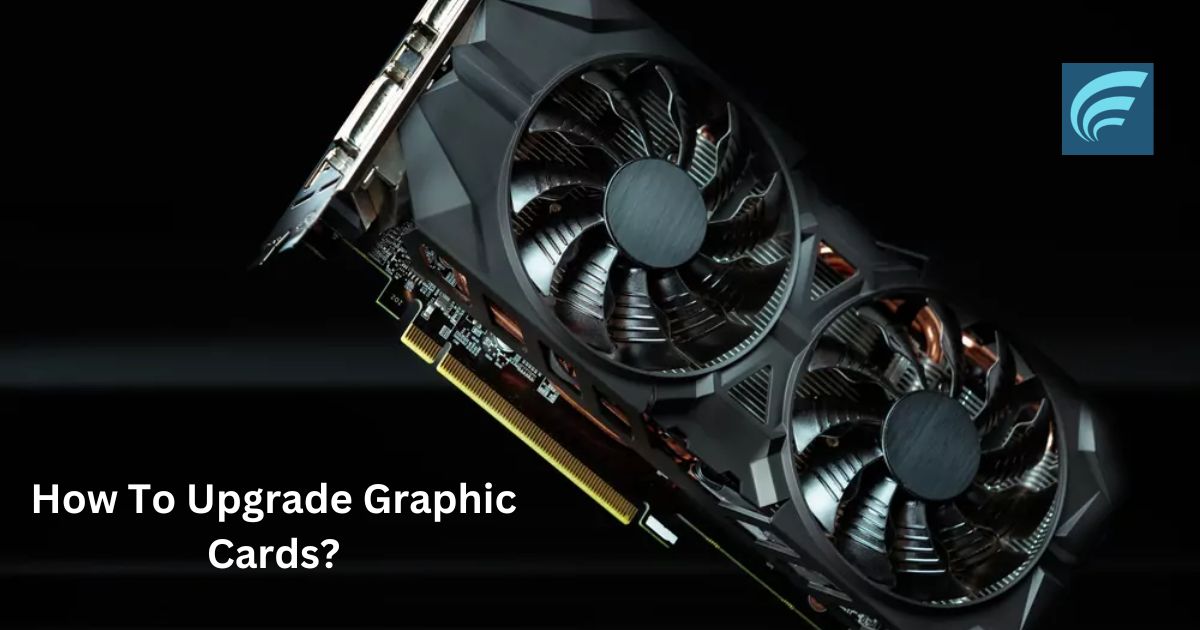A graphic card is like a special tool inside computers that helps show pictures on the screen. As games and programs become newer and better, sometimes the old tool isn’t fast enough. Upgrading, or changing to a better tool, can make everything look smoother and nicer.
Imagine playing your favorite computer game, but it looks blurry or doesn’t move smoothly. What if there was a simple way to make it look and feel better? Upgrading your graphic card might be the answer!
Just like cars need new parts sometimes, computers need updates too. One important part of a computer, called a graphic card, helps make pictures on the screen. If you want your computer games or videos to look even better, you might think about upgrading this part. Let’s learn more about how to do it!
Is It Possible To Install A New Graphics Card In An Older Computer?

You can install a new graphics card in an older computer if it has a compatible expansion slot, like PCIe, and meets the power requirements. Ensure the computer’s available slots and power capabilities match the card’s specifications.
Before buying a new graphic card, it is important to verify your computer’s specifications to avoid compatibility problems. It includes outdated motherboard interfaces or inadequate power supply. Checking these details ensures a smooth and successful upgrade process.
Determining If Your GPU Is the Issue
Check your GPU’s performance is essential for a smooth gaming and computing experience. To determine if your GPU (Graphics Processing Unit) is causing performance issues, you can follow these straightforward steps:
Benchmark Testing: Start by testing your GPU using benchmarking tools. This will help you understand its performance level, whether it’s fast or slow.
Gameplay Experience: Gamers often feel the effects of a slow GPU. The resolution and graphic settings you choose in games can impact your experience.
Know Your Graphics Card: Check game system requirements to see if your GPU meets the least or recommended specifications. Some older games might work with outdated graphics cards, but newer games might need a more advanced GPU.
Objective Benchmarking: Benchmarking involves running specific tests to measure a GPU’s performance. Tools like UL’s 3DMark can provide scores and frame rate results to help you check your GPU’s performance. Consistency is essential when benchmarking. Use the same settings for accurate comparisons.
Built-in Game Benchmarks: Some PC games offer built-in benchmark routines that provide frame rate scores. Games like Tomb Raider, Far Cry, and Metro have these features.Making a Decision: After gathering benchmarking data, you’ll be better informed about whether you need to upgrade your GPU. If an upgrade is necessary, research and choose a GPU model that fits your needs.
Steps To Upgrade A Graphic Cards

Here are the following simple step-by-step guide to upgrade the graphic cars:
Finding A Graphics Card’s Name
- Click on the Windows Start icon located at the bottom-left corner of the screen.
- Type in “dxdiag” and select the purple-and-yellow dxdiag icon from the Start window.
- When prompted, click on “Yes”.
- In the opened window, click on the “Display” tab at the top.
- Look for your graphics card’s name under the “Name” section in the upper-left corner.
- Close the window after noting down the graphics card’s name.
Update Graphics Card Drivers
- Again, click on the Windows Start icon.
- Type in “device manager” and select “Device Manager” from the Start window.
- In Device Manager, expand the “Display adapters” heading by clicking on the Android 7 Expand Right icon or double-clicking the heading.
- Select the graphics card with the same name as noted earlier.
- Click on the “Update” button located at the top of the Device Manager window.
- Choose “Search automatically for updated driver software”.
- Follow any on-screen prompts to download and install the updated drivers.
- If prompted during Windows Update, allow the update to download and complete the installation.
These steps will help ensure that your graphics card has the latest drivers installed on your Windows computer.
Recommended Some Best Graphics Card:

- Nvidia RTX 3080:The Nvidia RTX 3080 is a high-end graphics card known for its exceptional performance in gaming and professional tasks. It offers ray-tracing capabilities and is suitable for demanding applications, making it a top choice for enthusiasts and professionals.
- MSI GeForce RTX 2080:The MSI GeForce RTX 2080 is another powerful graphics card from Nvidia’s previous generation. While it may not match the performance of the RTX 3080, it still offers excellent gaming and rendering capabilities. It’s a reliable option for those looking for a slightly older but still potent card.
- Sapphire RX580:The Sapphire RX580 is recognized as a budget-friendly graphics card. While it may not deliver the same performance as the Nvidia cards mentioned above, it offers good value for its price point. It’s suitable for casual gamers and those looking to upgrade without breaking the bank.
FAQ’s
Can I improve my graphic card?
Overclocking makes your GPU work faster for tasks like gaming or video editing. It makes the GPU run at speeds higher than what the maker suggests, so it can handle more tasks quickly.
Can I just plug in a new graphics card?
Just remove the old card’s driver, take out the old card if you have one, put in the new card, connect its power, install the new driver, connect your screen, and you’re good to go.
Should I upgrade CPU or GPU?
If your GPU is always at 99-100%, consider upgrading the GPU. If your CPU hits 100% and the GPU drops below 100% often, think about getting a new CPU.
Do I need to do anything before installing a new graphics card?
Save your important files in case something happens. Remove old graphics card drivers from Device Manager or Control Panel to avoid issues with the new one.
How much RAM do I really need?
For regular use and browsing, 8GB RAM is good. For office work like spreadsheets, 16GB is better. Gamers and creators should aim for 32GB or more.
Final Thoughts
How To Upgrade Graphic Cards? Upgrading a graphics card can greatly enhance your computer’s performance. It enhances performance especially when playing the latest games or running high-definition videos. Just as cars enjoy new parts, computers evovle with updated components.
However, it’s important to ensure compatibility between the new graphics card and your computer’s current setup. Always check your computer’s specifications, before making a purchase. Once you have selected a compatible card, following the steps provided can guide you through a smooth installation process. Remember, keeping your drivers updated ensures optimal performance and a seamless computing experience.











